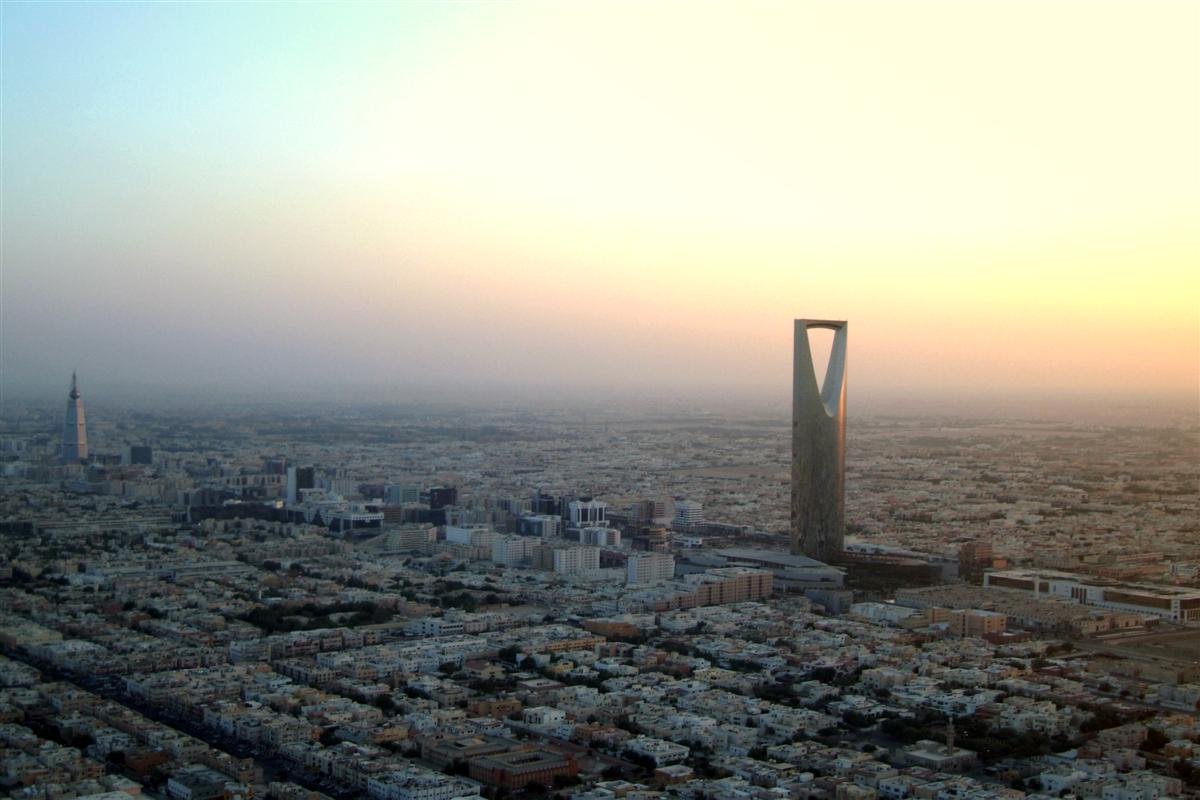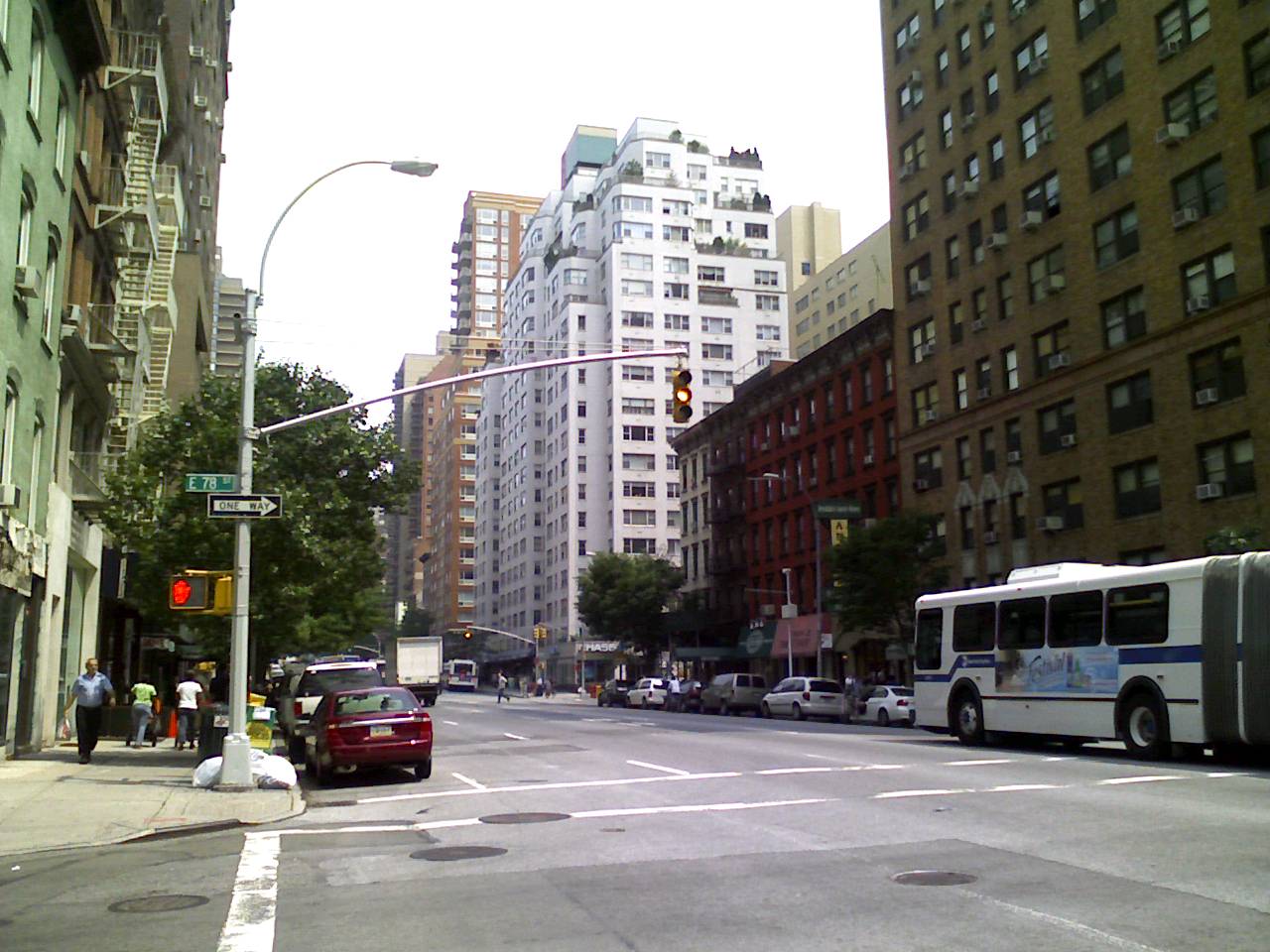Przemysł islamski rozrósł się dramatycznie od lat 60. XX wieku, stając się przemysłem międzynarodowym, który ma znaczący wpływ na finanse globalne. Sektor ten w dużej mierze obejmuje normy religijne (szariat) i kulturowe w swojej misji, transakcjach i procesach. Mając na celu promowanie dobra publicznego, bankowość islamska zabrania lichwy, finansowania opartego na odsetkach oraz zysków z alkoholu, tytoniu i pornografii.
Stanowi to ponad $250 miliardów dolarów i wzrosło o co najmniej 10% każdego roku w ciągu ostatnich dziesięciu lat. Wsparciem dla tego rozległego wzrostu są nieoczekiwane zyski z ropy naftowej z krajów islamskich i fakt, że populacja islamska (około 1,5 miliarda) rośnie w jednym z najszybszych temp. Obecnie na tym rynku jest już tylko około 300 instytucji bankowości islamskiej i banków europejskich, takich jak HSBC i BNP Paribas. Możliwości wzrostu dla tych firm jest wiele, a wiele banków islamskich jest już notowanych na London Stock Exchange. Banki zagraniczne, działające w krajach z populacją muzułmańską.
Sektor bankowości islamskiej dociera do rosnącego segmentu światowej populacji, która poszukuje alternatywnych usług finansowych. Ponadto inwestycje w te banki oferują pewną ochronę przed globalnymi wstrząsami finansowymi. Na przykład banki islamskie nie zostały dotknięte szokiem finansowym po 11 września.
Szacuje się, że banki islamskie mogłyby zarządzać nawet połową wszystkich oszczędności muzułmanów na całym świecie w ciągu dekady. Branża ta obsługuje również dużą liczbę osób o wysokiej wartości netto (HNWI), biorąc pod uwagę dobrobyt w regionie Zatoki Perskiej, i zapewnia finansowanie dużych projektów budowlanych na rynkach wschodzących. Nie tylko mogłoby to dać zagranicznym bankom większy zasięg w świecie islamskim i ekspozycję na duże depozyty w krajach Zatoki Perskiej, ale także potencjalnie otwierałoby je na społeczności muzułmańskie w ich własnych krajach.



